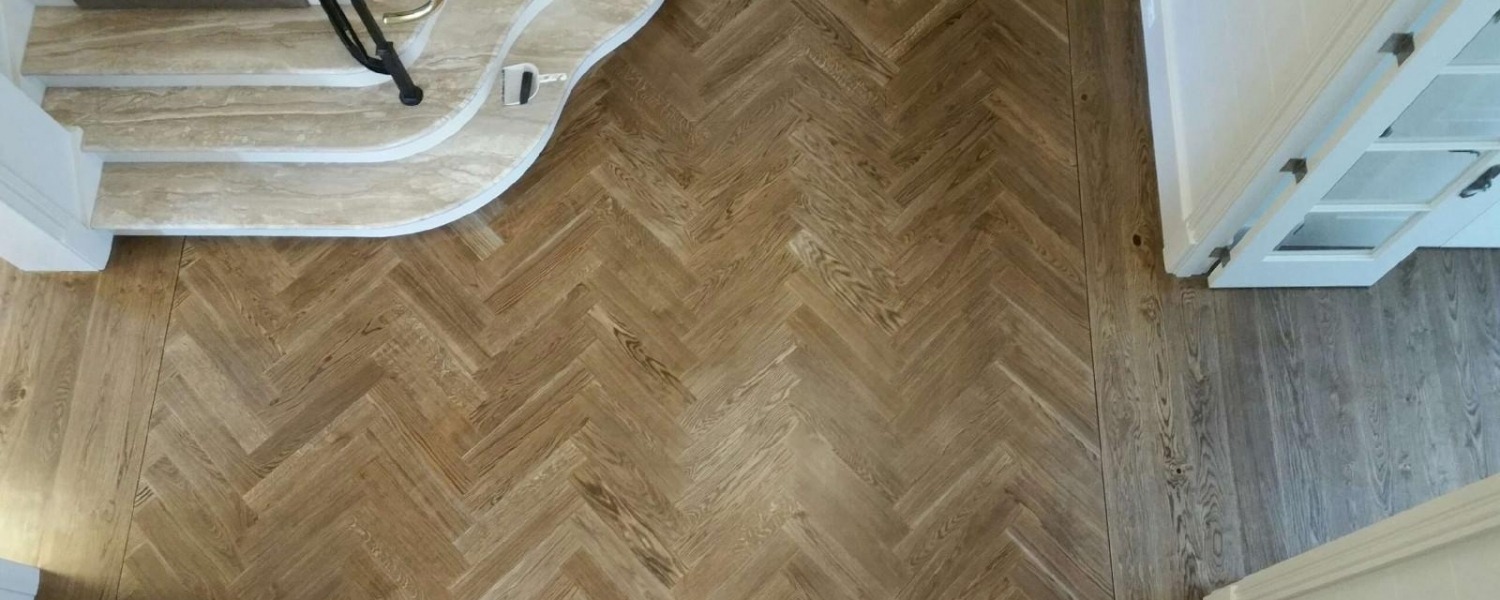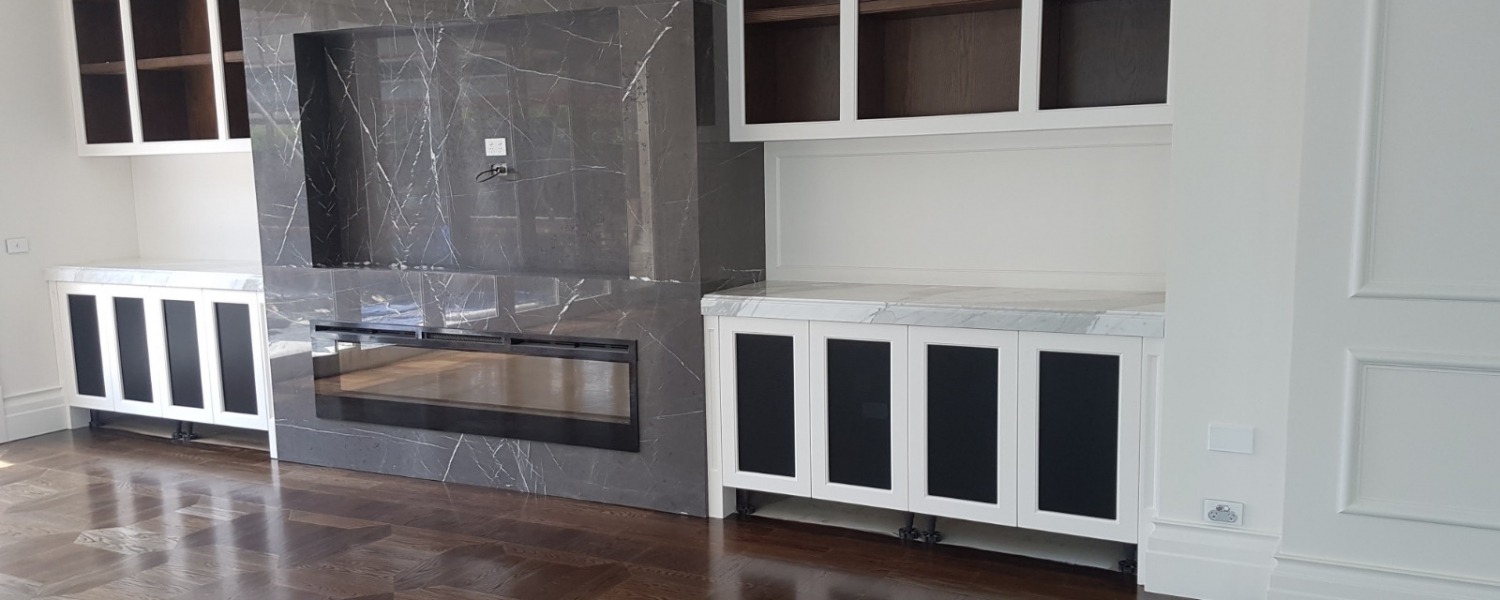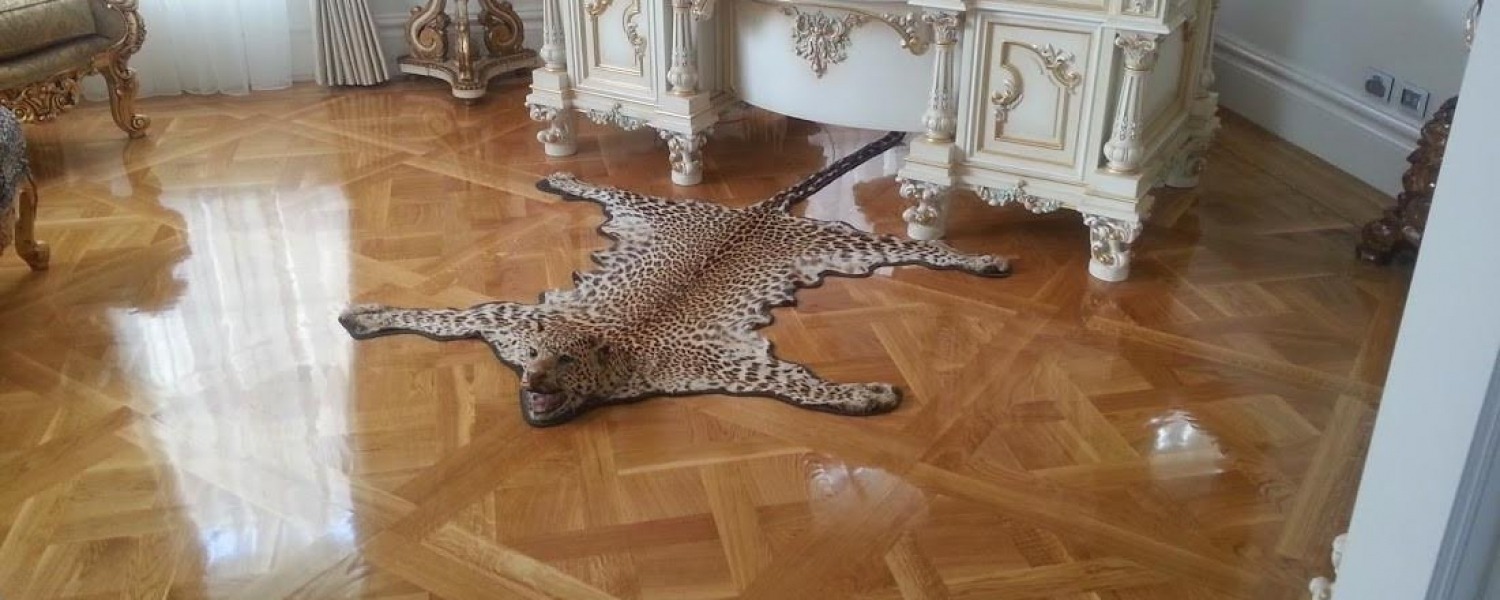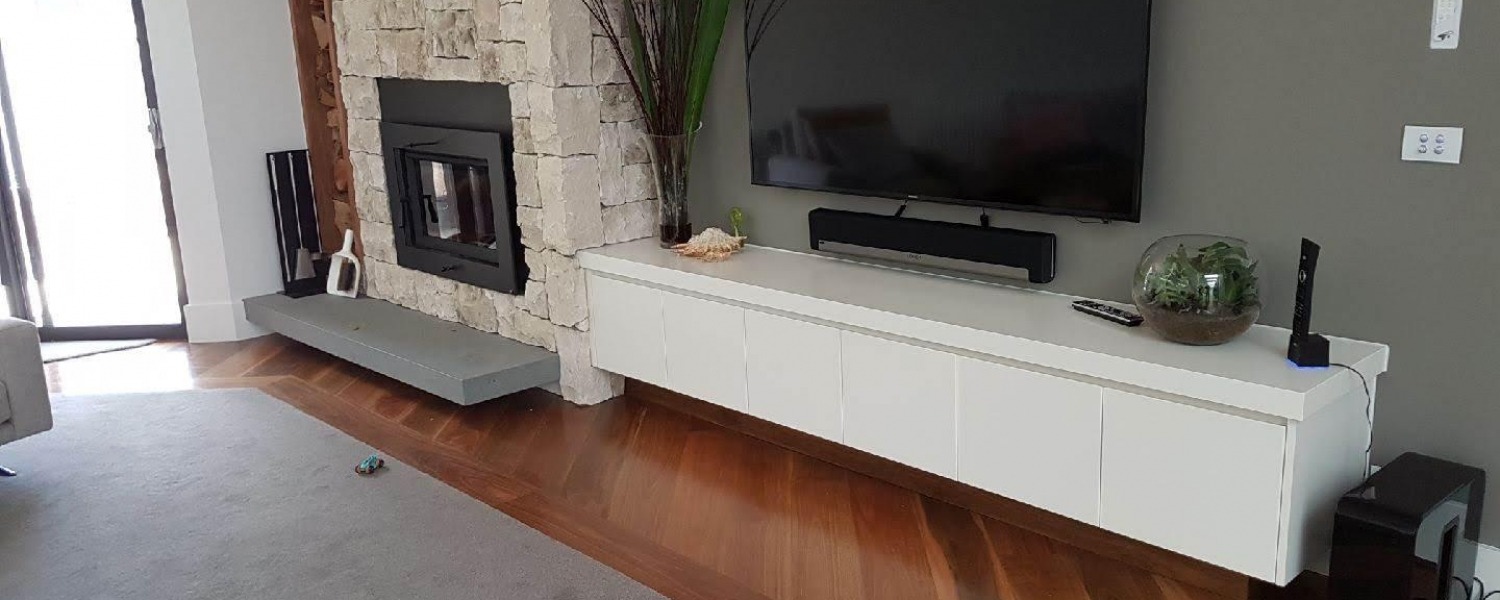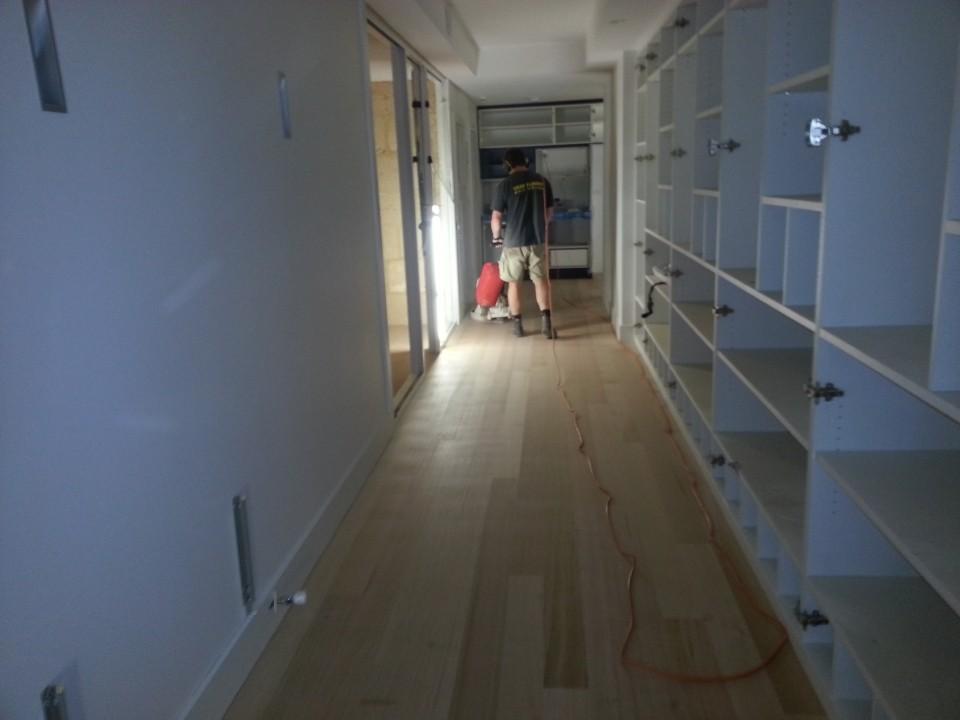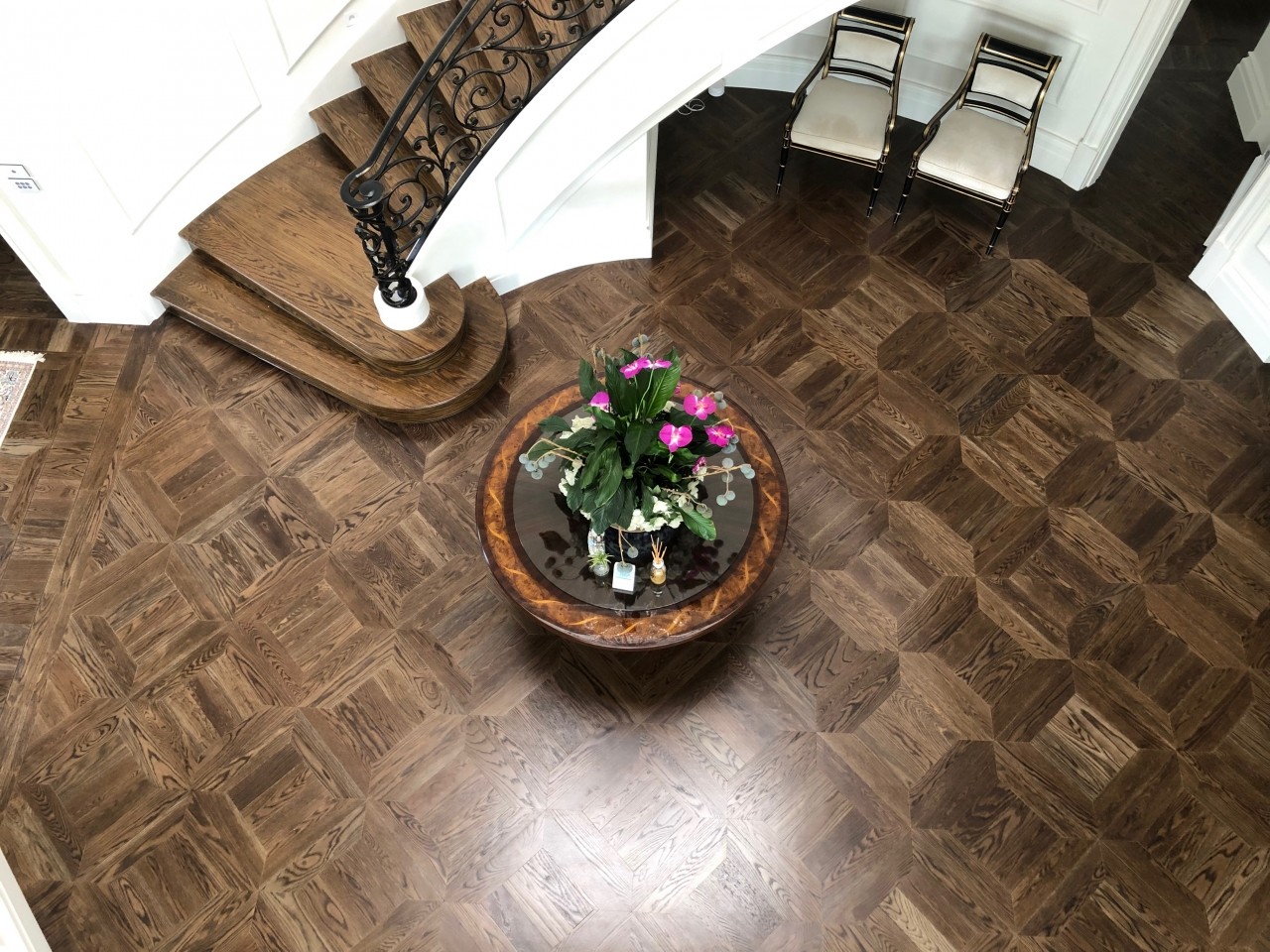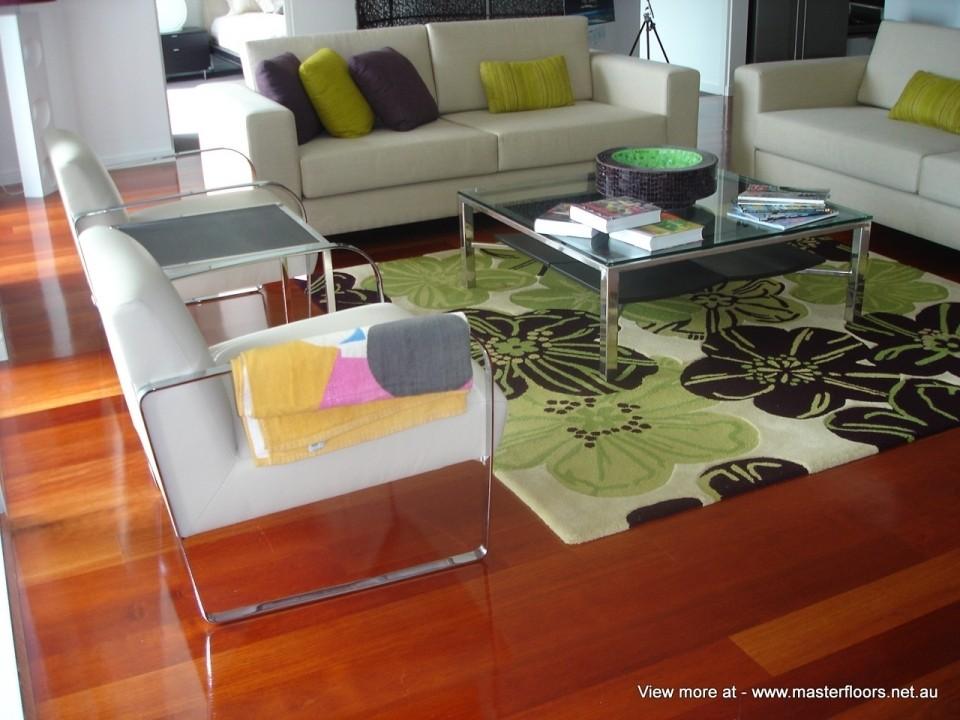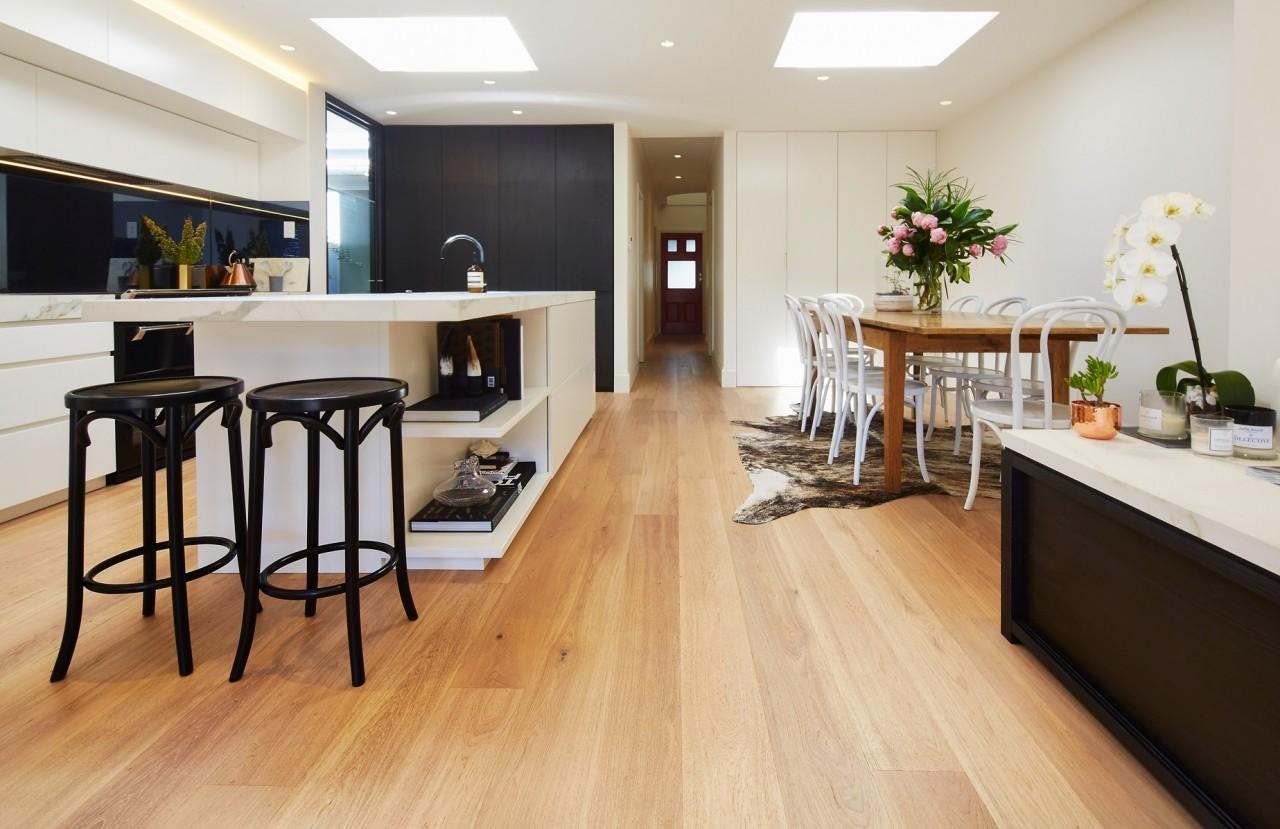- 03 9354 4717
- This email address is being protected from spambots. You need JavaScript enabled to view it.
- Mon - Fri 9:00:- 5:00 Sat 10:00 - 2:00
Sanding & Coating Facts
The aim of sanding is to close the grain of the timber in order to provide a smooth surface for the desired coating to be applied evenly across the floor.
The Certified Contractor working on a new floor can only be expected to even out the floor. Considering the uncontrolled sanding environment, the contractor will not produce a faultless finish using the type of equipment made available to him. A fine furniture finish should not be expected.
A finish similar to that of fine furniture should not be expected because a floor is subject to much heavier wear than furniture, and coatings are manufactured especially for this purpose. Timber flooring is not finished in a dust free factory environment and as such the finished floor can display dust particles.
A minimal level of minor sanding marks, fine scratches and nail holes may be visible.
The final process of flooring finishes is that the customer vacuums mops and walks on the finish after proper curing. These, process act similar to a buffing process.
Punched nail holes will be filled with putty. Due to colour variations in timber it is expected that a putty of average shade is used across the whole floor.
It is not recommended to fill gaps between boards due to the potential for timber movement previously outlined in this document. Gap filling may affect the natural movement of boards and could become loose during drier times.
Floor finishes will not prevent timber movement.
Floors with a high gloss finish will magnify imperfections. Down lights or streams of natural light can also highlight minor sanding marks.
Most dust and surface imperfections will wear away within a few months under day to day foot traffic.
All new floors are coated three times. Heavier applications of polyurethane are not recommended due to the increased risk of edge bonding and subsequent stretching from natural movement of boards.
Please inspect the floor prior to the final coat to allow our contractor to address any issues you may have. It is not recommended to carry out any further works to a new floor once coated three times.
If a fourth coat is required due to product rejection or inconsistency of floor finish, then the depth of coating will increase the gloss level and more imperfections might be viewed.
Floors should be inspected during daylight hours from a standing position and viewed from positions usually occupied by people.
Floor finishes will not significantly improve the hardness of timber flooring. Timber flooring can be expected to show some indentations depending on the hardness of the species laid.
Floor Finishes are designed to protect timber from day to day foot traffic, they are not a suit of armour and as such are not impervious to scratches and indentations
Hardness or timber density, measured by Janka rating, indicates a species resistance to indentation. The higher the rating means the more resistant the species is to indentation.
There are many different types of coating available on the market varying in price. Generally the lower priced products will not perform as well as the more expensive coatings.
Some oily timbers might show inconsistency in coating finishes. These timbers require correct sealing process.
A minimum 3 drum/belt sands to 100 Grit should be performed before being rotary sanded to at least 150 Grit will close the timbers’ grain sufficiently prior to coating.
Customers should not under any circumstances have expectations of a clear mirror finish.
Part of the process of completing a quality floor is the maintenance and finishing program this will be explained in the caring for your timber floor section of the fact sheets
View More Pages
Monticello Parquetry by Masterfloors
by MasterFloors
Timber Flooring Gallery - By Masterfloors
by MasterFloors
French Oak
by MasterFloors
